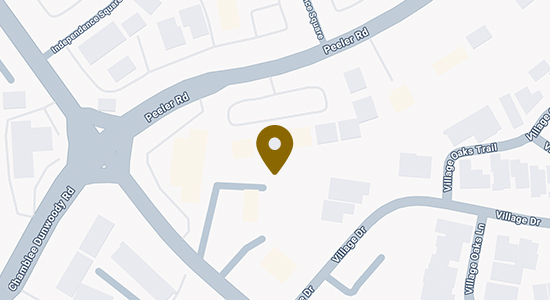- Contact Us Now: (770) 285-8008 Tap to Call
Commercial Dispute Avoidance and Management

1. How Can You Avoid Litigation in Disputes?
Resolving disputes without litigation can save valuable time and resources. A company would have to spend its time and resources on investigating and responding to claims and a legal dispute can negatively influence a company’s reputation. That is why it is important to react to claims as soon as possible to avoid litigation. Managing risks can reduce chances of litigation. These risks include, transactional risks, risks related to transactions with foreign countries, counterparty risk, product liability risk, and risks related to daily business activities.
2. What Types of Transactions Can Lead to Litigation?
Certain transactions can lead to litigation more than others. This includes financial contracts, distribution and agency agreements, employment relationships, high value sales agreements, construction contracts, intellectual property matters, etc. When drafting an agreement, it is important that the client knows the risks associated with a transaction. Agreements should include government-abiding law, a dispute form and resolution provisions.
3. What Are Some Risks Related to Transactions With Foreign Countries?
If a U.S. company enters into an agreement with a foreign country, there are a variety of risks that are associated. This includes supplier credit risk, conflicting foreign laws, export regulations, exchange rate risk, cultural differences, and contract and judgment enforceability risk. Supplier credit risk is the risk that associates itself with a foreign buyer’s failure to complete payment obligations.
4. What Is a Counterparty Risk?
Counterparty risk is the probability that the other party in a transaction cannot be fulfilled with the deal and could default based on contractual obligations. It is necessary to perform due diligence on this transaction. Due diligence can determine if the other party has been involved in previous litigation, and the other party’s assets, resources, and financial information. You can find this information by speaking to those familiar with other parties, performing internet research, running a credit check, inspecting company accounts, and reviewing judicial records and litigation.
5. What Is a Product Risk?
A product risk is a risk that involves the sale of products, the inclusion of contract terms and product warranties, and maintaining insurance, conducting due diligence of suppliers, and product design and testing. A company can minimize product risks by following clear and conspicuous warning labels, limited contract warranties, limits on liability provisions, exclusive remedies clauses, insurance, indemnifications, implementing product design and testing procedures, effective quality management, and maintaining experienced and well-trained personnel, and having product recall and comprehensive crisis management plans in place.
6. What Is a Process Risk?
A process risk is for companies that are exposed to potential litigation risks daily, as it encounters: employee and employer disputes, intellectual property disputes, regulatory investigations, violations of confidentiality and health, safety, and environmental concerns.
7. What Options Should Be in a Contract for Resolving Any Disputes?
Before resorting to litigation, a mechanism to resolve disputes includes, mediation, referral of conflict to senior executive for resolution, and arbitration.
8. What Is Mediation?
Mediation is a voluntary resolution period where a mediator will attempt to console the parties to reach a negotiated and agreed upon statement. Generally, an open session with relevant parties will occur. A mediation clause will be formed to establish a framework for negotiations in the mediation process.
9. What Is Arbitration?
Arbitration is a common dispute resolution procedure where the parties must agree to be bound by the tribunal’s decision and cannot be appealed. An arbitration hearing is more private, less formal, and more flexible. An arbitration case can also allow for more evidence to be introduced.
10. When Can Cases Be Brought Up to Federal Court?
A case can be brought up to federal court when the case refers to a violation of a federal law and when the parties are from separate jurisdictions. A case can also be brought to federal court if neither of the plaintiffs is a citizen of the same jurisdiction as the defendant, and the matter exceeds $75,000.
11. What Are Preliminary Actions to Litigation Processes?
The firstmost thing that one should do is to check the relevant statute of limitations to determine if the claims have been properly and legally made. You should also check if your insurance will cover the claim and how should one go about the claims procedure.
12. What Is a Litigation Strategy?
A litigation strategy is made at the earliest point possible and definitely before entering into legal proceedings. To make a litigation strategy, you must analyze and determine the strength and weaknesses of the claim and its defense. It is important to review all client documents and conduct thorough interviews.
13. What Is Privilege? What Is Attorney-Client Privilege? What Does a Work Product Doctrine Do?
Privilege is the exception to the right of discovery. A party claims privilege to disclose documents but can object to the inspection of those documents. It is important to understand the materials that are privileged. There are two primary types of privilege: attorney-client privilege and work product doctrine. Attorney-client privilege is the legal privilege to keep confidential information and communications between an attorney and their client as a private matter. A work product doctrine essentially protects documents and physical things that are prepared for litigation matters or representative from disclosure to other third parties.





